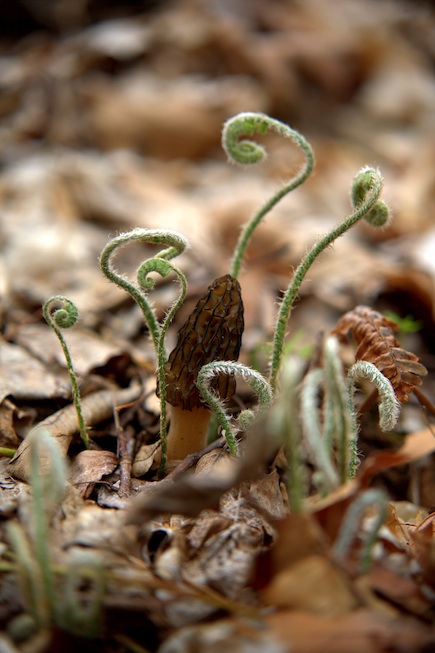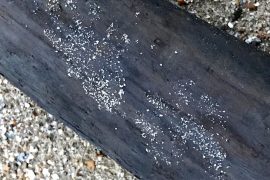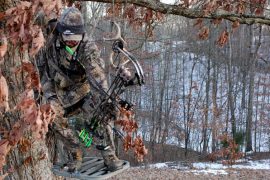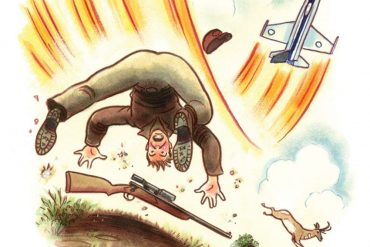It’s April, spring is spring, turkeys are gobbling, and legions of morel mushroom hunters are headed to the forests and the creek bottoms, the bluffs and berms all in search of the mystical, ethereal, magical morels. Grab your ’shroom sack, walking stick, camera and head on out. It’s the perfect time to get out in the spring woods and capture those “Morel Moments.”
Previously I’ve talked about how to photograph mushrooms in general here. But morels – oh morels, special, succulent and sought after; they require a little extra effort.
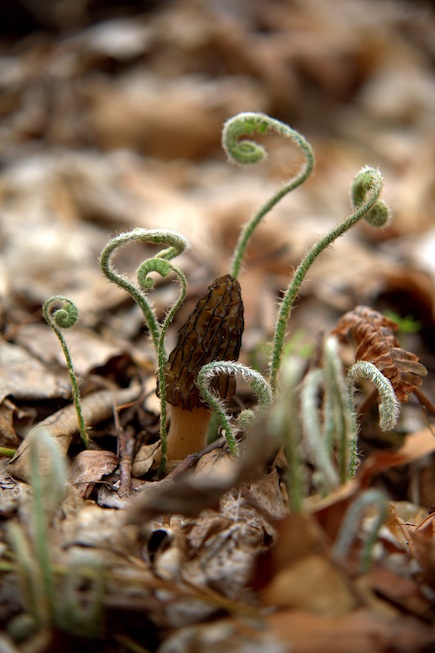
The key with morels is to find them. There are many myths, stories, suggestions about how and where will one find morels, but the simple truth is; morels can appear most anywhere; seemingly overnight or between a lunch and breakfast foray. One moment – it’s bare forest floor; the next there’s a stand of “Big Yellas” as far as the eye can see.
When and Where
Morels generally appear through most regions of the United States in the early spring. Here are some signs that you should observe:
- Trees are beginning to bud
- A quick finger poke into the rich forest humus reveals that the soil is beginning to warm
- Flagship wildflowers begin to make an appearance: trillium, phlox, trout lily, Dutchman’s breeches, violets, May apples, wild strawberries and many more.
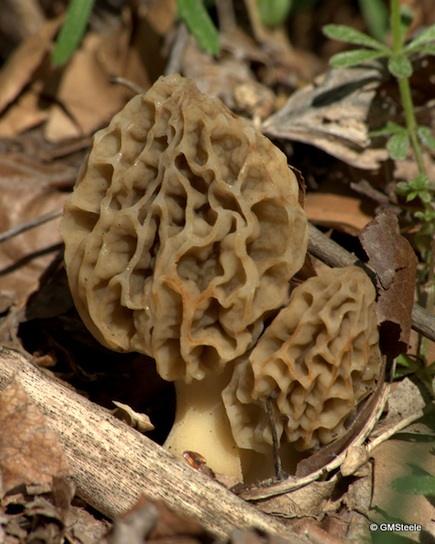
When the weather has warm rainy days and nights, with temperatures ranging between high 50s at night to high 70s in the daytime, it’s time to gather up your stick and sack and set out.
Dandelions and lilacs, apple blossoms and spawning crappie are all good indicators that it’s time to hit the woods. Spring turkey season also coincides with morel season in many areas.
The “where” isn’t quite as simple. Where the spores fall, cross pollinate and germinate is basically where morels will grow — and that can be virtually anywhere from an old apple orchard to a compost pile. Black morels (which appear first) tend to be more exclusively in hardwood forests, but not around any particular type of tree. Finding them is often like a connect-the-dots game. When you find one, be still and look nearby. Mark that first morel you spy with your stick. SIT DOWN, look around at ground level, you will most likely be rewarded with masses scattered all the way around you. Follow the trail of mushrooms up or down hill. Blacks will generally lead you along waterways, creek banks, and hillsides. Envision the way the spring rain water would flow on the ground and that will help you connect the black morel dots. Black morels are much more pattern related in their appearance than the other varieties.
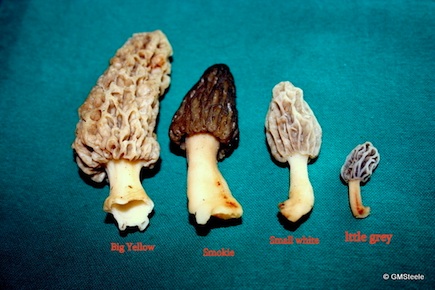
White and yellow morels, which appear later than the blacks are frequently found in forests, fields, orchards, fence rows, hedgerows, islands, railroad tracks, floodplains and grown-over strip mines. Disturbed ground such as old home sites and junk piles are notorious for producing the white giants.
Unlike the blacks, the whites sometimes tend to congregate around certain types of tree, often a tree that is in a death throe – bark peeling, limbs dropping, rotting down at the base. Look for bigger, older, fading away elm, ash,…

